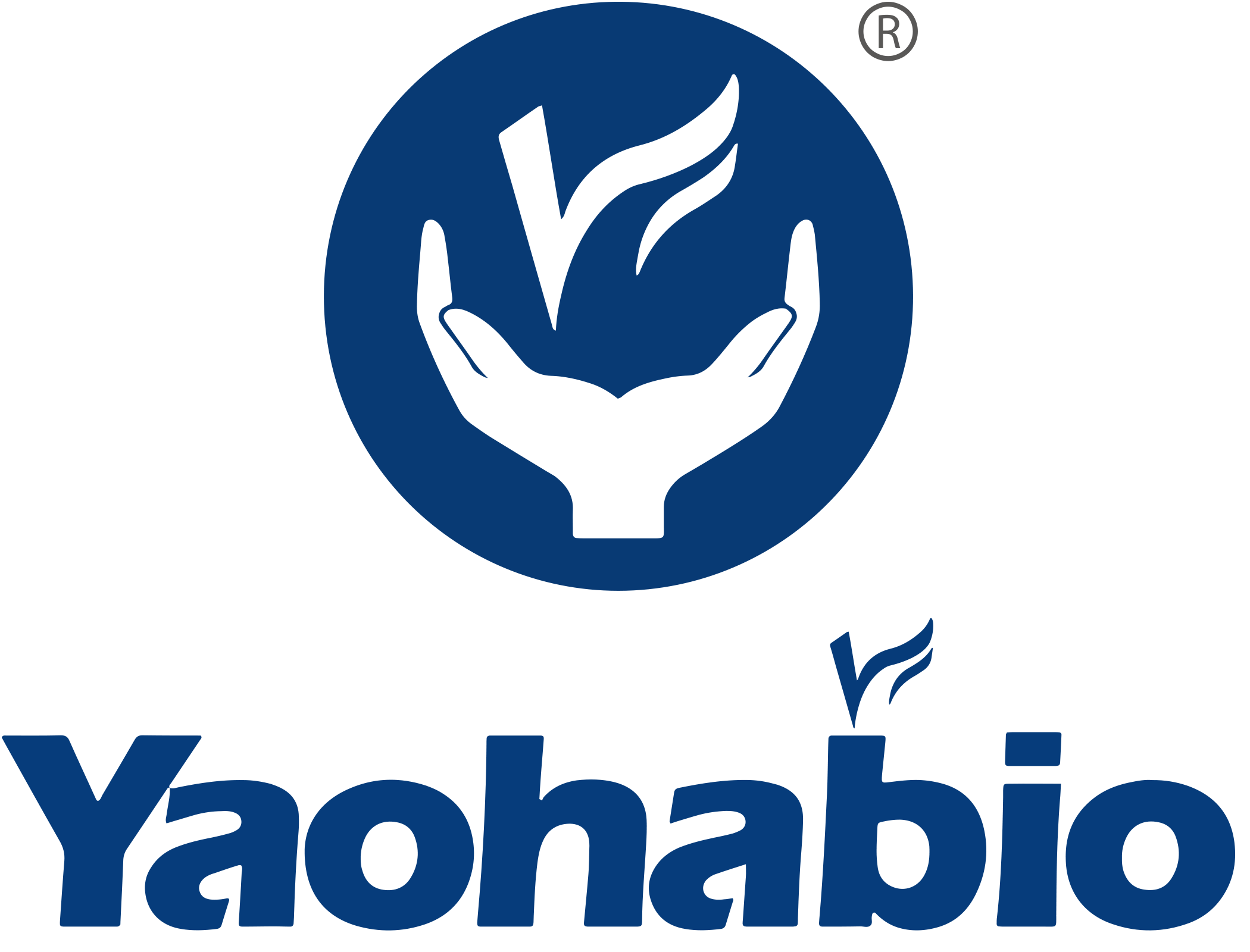Geneterapi, som en nyere terapeutisk tilnærming, gir ny håp for mange ubotlige sykdommer. Blant disse, minikrets DNA (mcDNA), som fungerer som en ikke-viral DNA-bærer, viser gradvis sin unike charme.
Innføring av mcDNA
mcDNA opprinnelig fra plasmid DNA (pDNA) ved å fjerne prokaryotiske sekvenser og beholde bare eukaryotiske sekvenser, danner et mindre og sikrere genleveringsvektor. I forhold til pDNA reduserer mcDNA betydelig immunogenitet, unngår risikoen for overføring av antibiotikaresistensgener og oppnår mer effektiv genuttrykk innen cellene, noe som forsterker behandlingseffekten.
Yaohai Bio-Pharma har etablert GMP-konforme produksjonsplattformer for både sirkulære og lineære plasmider, støttet av modne prosessutvikling og GMP-produksjons erfaring. Yaohai kan oppfylle kundenes ulike behov, fra førkliniske forskning, IND-innsending, kliniske prøver til kommersiell produksjon, og effektivt fremme prosjektets framgang.
Produksjonsprosess for mcDNA
Produksjonen av mcDNA omfatter trinn som foreldreplasmid (PP) forsterkning, induksjon av rekombinasjon og fjerning av uskyldigheter. I dag brukes flere forskjellige rekombinasesystemer for produksjon av mcDNA, blant annet Phage λ integrase, Phage P1 Cre rekombinase, ParA resolvase og PhiC31-integrase/I-SceI homing endonuclease system. Likevel møter hvert system utfordringer med hensyn til utbytte, renhet og kostnad. For å øke utbyttet, undersøker forskere strategier som å modifisere genstammer og optimere ferkuleringsbetingelsene.
Renasjon av mcDNA
Renasjonsmetodene for mcDNA har utviklet seg fra ryggmodifikasjon til nye kromatografiteknikker. Trods ulike renasjonsstrategier, så som lave gjenvinningssatser og høye kostnader fortsatt. Nylig forskning har oppnådd effektiv renasjon av mcDNA ved bruk av teknikker som cadaverin-modifiserte monolitiske kolonner, men ytterligere redusering av kostnadene og forbedring av gjenvinningssatsen er fortsatt nødvendig.
Kvantitativ analyse av mcDNA
I dag baserer kvantitativ analyse av mcDNA seg hovedsakelig på metoder som qPCR og elektroforese, som har problemer med høye kostnader og begrenset nøyaktighet. Den nyeste forskningen har brukt kromatografi-teknologi for å oppnå rask og nøyaktig kvantitativ analyse av mcDNA, og gir dermed et nytt middel for kvalitetskontroll av mcDNA.
Anvendelsesmuligheter og utfordringer ved mcDNA
mcDNA viser brede anvendelsesmuligheter innen generapi, DNA-vaksiner ogzellterapi. Likevel må problemstillinger som lav utbytte, høye kostnader, vanskelig kvalitetskontroll og begrenset leverings-effektivitet in vivo fortsatt løses. I fremtiden vil forskere fokusere på å øke utbyttet av mcDNA, redusere kostnadene, optimalisere kvalitetskontrollmetoder og utvikle mer effektive leveringssystemer for å fremme utviklingen av mcDNA i kliniske anvendelser.
Konklusjon
Som en ny oppkommet ikke-viralt DNA-bærer har mcDNA stor potensial innen geneterapi og relaterte felt. Trots at det møter mange utfordringer, forventes mcDNA med fremgangen i forskning og teknologi å bli den mest populære ikke-virale DNA-bæreren i fremtiden, og å bringe gjennombrudd til medisinsk felt.
Yaohai Bio-Pharma søker også aktivt globale partnere, både institusjonelle og enkeltpersoner, og tilbyr den mest konkurransedyktige kompensasjonen i bransjen. Hvis du har noen spørsmål, hesitate ikke å kontakte oss: [email protected]

 EN
EN
 AR
AR
 HR
HR
 CS
CS
 DA
DA
 NL
NL
 FI
FI
 FR
FR
 DE
DE
 EL
EL
 IT
IT
 JA
JA
 KO
KO
 NO
NO
 PL
PL
 PT
PT
 RO
RO
 RU
RU
 ES
ES
 SV
SV
 IW
IW
 ID
ID
 LV
LV
 LT
LT
 SR
SR
 SK
SK
 SL
SL
 UK
UK
 VI
VI
 ET
ET
 HU
HU
 TH
TH
 TR
TR
 FA
FA
 AF
AF
 MS
MS
 BE
BE
 MK
MK
 UR
UR
 BN
BN

